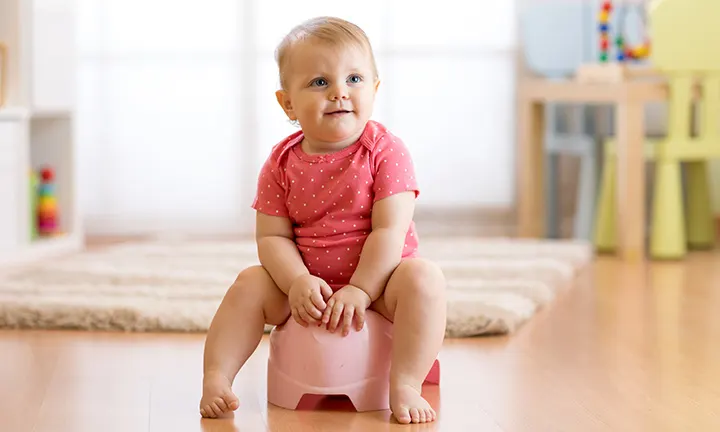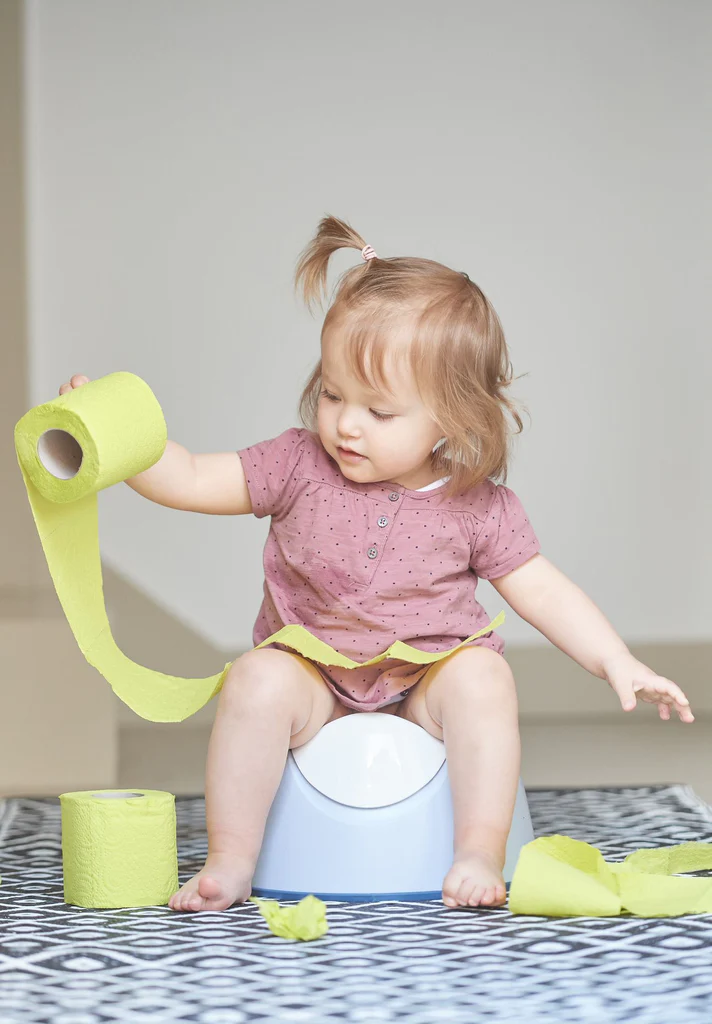Baby Potty Training: A Comprehensive Guide for Parents
Every parent reaches a milestone moment: potty training their child. It can feel daunting, but with the right preparation and approach, it can be a smooth and positive experience for both you and your little one. This guide will equip you with the knowledge and tools you need to navigate potty training successfully.
Signs of Readiness
Physical Development:
- Bladder and bowel control: This is the most crucial sign. Look for your child staying dry for longer stretches (2-3 hours) during the day and having predictable bowel movements.
- Gross motor skills: Your child should be able to walk independently, climb onto the potty, and sit comfortably for a few minutes.
- Fine motor skills: The ability to pull down and up pants independently is essential for successful potty training.
Cognitive Development:
- Understanding instructions: Your child should be able to follow simple instructions like “go sit on the potty.”
- Communicating needs: Can your child express their discomfort with a wet or dirty diaper? Do they understand words like “pee” and “poop”?
- Showing interest: Does your child seem curious about the toilet or other people using the bathroom? Do they ask questions about toileting?
Behavioral Cues:
- Discomfort in wet diapers: Does your child become fussy or try to remove a wet diaper?
- Mimicking toileting behavior: Does your child pretend to use the toilet with their dolls or stuffed animals?
- Telling you when they need to go: This might not happen initially, but eventually, your child might start expressing the urge to use the potty.
Choosing the Right Potty: A Throne Fit for a Tiny King (or Queen)
Selecting the perfect potty for your little one is an important first step in the potty training adventure. Here’s a deeper dive into the different types of potties, along with their pros and cons, to help you find the ideal throne for your tiny king (or queen):
1. Standalone Potty Chair:
- Pros: Familiar and comfortable for toddlers, promotes independence with easy access and a lower seat height. Often brightly colored and decorated with fun characters, making it more inviting.
- Cons: May take up extra floor space, and some children might find the smaller size less comfortable for longer sitting periods.
2. Potty Seat:
- Pros: Fits snugly on top of a regular toilet, offering a realistic experience that eases the transition to using the adult toilet later. Promotes a sense of “growing up” which some toddlers enjoy. Compact and portable, making it a good option for smaller bathrooms.
- Cons: May feel too big or overwhelming for some younger toddlers. Requires a sturdy toilet seat for secure placement and might not be ideal for bathrooms with limited space around the toilet.
3. Standing Potty:
- Pros: A great option for boys who are learning to urinate standing up. Encourages independence and allows them to mimic adult behavior.
- Cons: Not suitable for bowel movements and might require additional cleaning due to potential splashing. May not be ideal for younger toddlers who lack the balance and coordination for standing comfortably.
4. Convertible Potty:
- Pros: Offers the best of both worlds, transforming from a standalone potty chair with a removable bowl to a potty seat that fits on a regular toilet. Provides flexibility and adapts to your child’s development stages.
- Cons: Can be more expensive than a single-function potty. Might be bulkier to store when not in use.
Additional Considerations:
- Comfort: Choose a potty with a comfortable seat size and back support, especially for longer sitting periods.
- Ease of Cleaning: Opt for a potty with a removable bowl or insert for easy cleaning and hygiene.
- Visual Appeal: Consider a potty with bright colors or fun characters to entice your child and make potty time more enjoyable.
- Your Child’s Preference: If possible, involve your child in the selection process. Letting them choose their own potty can increase their sense of ownership and encourage them to use it more readily.
Essential Potty Training Supplies
In addition to a potty, you’ll need a few other supplies to make potty training easier:
Pull-up diapers: Pull-up diapers offer a sense of security during the transition from diapers to underwear.
Washable training pants: Washable training pants allow your child to feel the wetness and learn from accidents.
Wet wipes: Wet wipes are handy for cleaning up messes during potty training.
Reward system (optional): A simple reward system can motivate your child and celebrate their successes.
Setting the Stage for Success
Once you’ve determined your child’s readiness and gathered your supplies, you can create a potty-training-friendly environment:
Make the bathroom a fun and inviting space. Decorate with colorful pictures or stickers.
Let your child choose their own potty or training pants (within reason).
Read potty training books together.
Talk openly about toileting using simple, appropriate language.
Potty Training Techniques
There’s no one-size-fits-all approach to potty training. Here are some common techniques to consider:
The “naked method” involves letting your child go bare-bottomed for short periods to help them feel the wetness and understand bodily cues.
Scheduled potty breaks involve taking your child to the potty at regular intervals, even if they don’t seem to need to go.
Positive reinforcement is key. Praise your child for their efforts and successes, no matter how small.
Patience is Key
Potty training takes time and patience. Accidents are inevitable, so stay calm and positive. Here are some additional tips:
Be consistent with your routine.
Avoid getting frustrated or angry.
Don’t pressure your child.
Take breaks if needed.
Common Potty Training Challenges
Here are some common potty training hurdles and how to address them:
Accidents: Accidents happen. Clean them up calmly and use them as a teaching opportunity.
Holding it in: Some children hold their bowels because they dislike the potty. Offer reassurance and a comfortable environment.
Fear of the toilet: A loud flush or large toilet bowl can be scary. Let your child practice sitting on the potty with their clothes on at first.
Nighttime Potty Training
Nighttime potty training can take longer than daytime training. Here are some tips:
Limit fluids before bedtime.
Wake your child to use the potty once during the night (if necessary).
Use pull-up diapers at night for extra protection.
Conclusion

Potty training is a journey, not a destination. With the right approach, patience, and a positive attitude, you and your child will reach your goal. Remember, celebrate every milestone, big or small.

